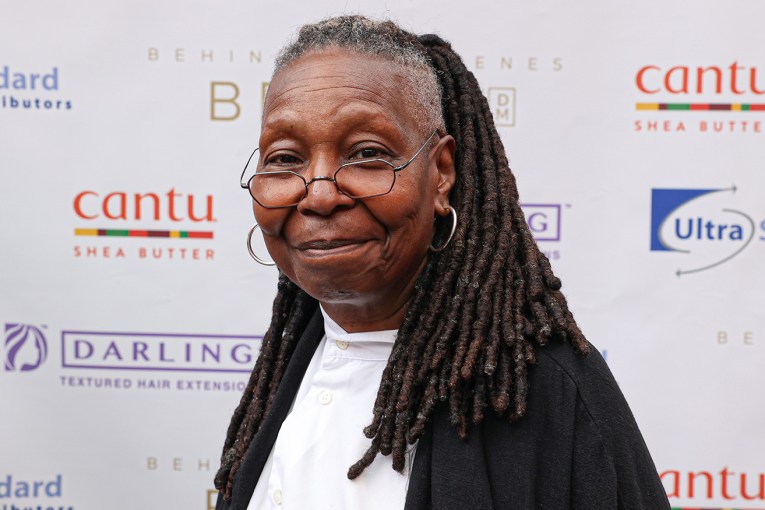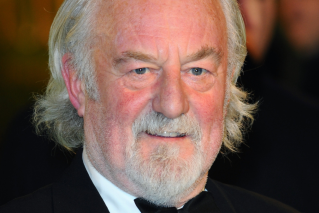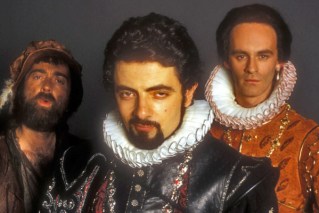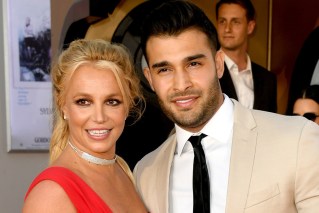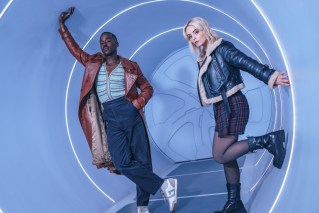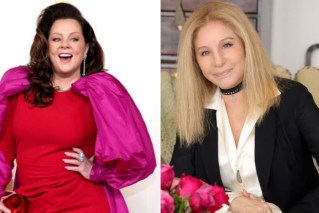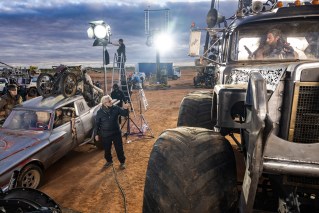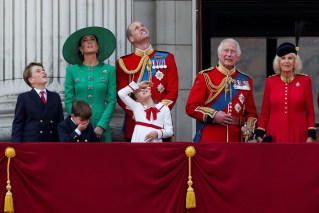The longer, the better: Standing ovations rate at the Cannes Film Festival

When Martin Scorsese’s long-awaited film Killers of the Flower Moon premiered at the 76th Cannes Film Festival on Monday, audiences stood and applauded for nine minutes.
The French Riviera crowd loved his $US200 million Apple original film starring Leonardo DiCaprio and Robert De Niro, and gave its “loudest screams” to newcomer Lily Gladstone, who plays an Osage Indian woman caught up in a murderous scandal set in north-east Oklahoma in the 1920s.
Cameras zoomed in on the stars – who continued to clap each other – Scorsese grabbed a microphone to speak over the applause, and Gladstone wiped away tears of joy.
It was the job of the film critics packed inside Cannes’ 1000-seat Grand Theatre Lumière to measure its immediate success, busily working out the unlikely global metric that the longer the standing ovation, the better the film.
“Even after sitting through a movie that was longer than Titanic [three hours and 26 minutes], the crowd was so enraptured that they sprang to their feet and applauded for nine minutes,” wrote Variety.
Also premiering at Cannes was Harrison Ford’s fifth movie as the intrepid archaeologist, Indiana Jones and the Dial of Destiny, where his standing ovation lasted just five minutes.
Critics were quick to judge, and rated the response as “lukewarm”.
“When the credits rolled, Cannes mustered a muted standing ovation for Indy’s latest adventure. Yes, the applause lasted for five minutes, but by Cannes standards, that’s more of a polite formality,” Variety observed.
Seedy musical drama The Idol, starring The Weeknd and Lily-Rose Depp, also got a standard five-minute ovation, according to The Hollywood Reporter.
Julianne Moore and Natalie Portman in May December got eight minutes.
Tweet from @FilmUpdates
Hallmark of Cannes
According to film critic Jake Coyle, while Cannes’ “thunderous standing ovations can seem like its greatest overindulgence”, it is a hallmark of the world’s most glamorous and prestigious film festival.
Crowds are applauding not only the film, but its individual stars, and the marketing power from the standing ovation means everything.
“In most places in the world, a five-minute standing ovation would count as a dream response. In Cannes, it’s supposedly as tepid as a day-old espresso,” Coyle wrote in a piece for Associated Press, in response to Indiana Jones.
When Cannes launched as the global destination for film premieres just 12 months after the end of World War II, standing ovations quickly became an unusual phenomenon.
Every awards show since, including the Oscars, have the trademark applause, but it’s at film festivals including Toronto and Sundance, which launch ahead of a theatrical release, which can set the tone.
Take, for example, Brendan Fraser (The Mummy franchise, George of the Jungle) in The Whale at the Venice Film Festival.
How many minutes? Seven. He went on to win a best actor Oscar in March.
Tweet from @Nettlesbrown
The winner is …
The longest recorded ovation was for Guillermo del Toro’s fantasy horror Pan’s Labyrinth in 2006, a film set in 1944 in Spain that tells the story of Ofelia and her murderous stepfather.
It received a 22-minute standing ovation and went on to win three Academy Awards and three BAFTAs.
According to business website, Quartz, who went to the trouble of collating a list of the longest-standing ovations, Fahrenheit 9/11 in 2004 is a runner-up with 20 minutes of applause, and then Mud, which received an 18-minute ovation in 2012.
Award-winning filmmaker Quentin Tarantino only got seven minutes for Once Upon a Time in Hollywood in 2019, but managed a solid 11 minutes for his 2009 film Inglourious Basterds.
“The other allure of film festivals is the inevitable controversy, whether it be about a mass stream of walkouts or a film that didn’t quite receive the standing ovation it deserved,” writes UK culture magazine, Far Out.
“Indeed, the tradition of the over-long standing ovation has become seen as something of a joke in the modern industry, reflecting mere self-congratulatory ego-rubbing from those in the industry.”
Tweet from @ycsm1n
Mob mentality?
Yale University social scientist Nicholas Christakis, whose Human Nature Lab studies social interactions, says the standing ovations at Cannes demonstrates “prestige hierarchy”.
It means people are looking to be social by participating in the practice of standing and clapping endlessly.
“It’s about coming closer to animals that can confer a benefit,” he said.
“This is an extreme illustration of our unavoidable desire to be social animals,” he told The Atlantic in 2021.
Tweet from @twilightreborn
University of Michigan social sciences professor Scott Page, who conducted research into standing ovations, says there’s a lot of human consideration before you rise up.
In one study in which he uses a computer model for illustrating how a standing ovation can be contagious, he observed: “Although standing ovations seem to arise spontaneously, this simple model examines mathematically how a standing ovation can spread throughout a crowd.
“You can adjust the performance quality, seat location, group size and more to see the influence they have on provoking a standing ovation.”
However, Professor Page says it boils down to a more fundamental human trait – security.
“If people are really secure in their own evaluations, then they’re not going to stand,” he told The Atlantic.
“But, if you’re not sure, and you think the other people [around you] are smarter than you, then you are going to stand.
“I imagine Cannes to be a place [where if I ask myself,] ‘How confident am I, sitting near movie stars and directors?’ The answer is ‘Not very’.”
